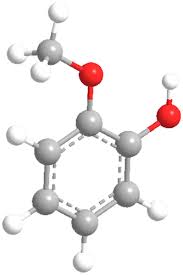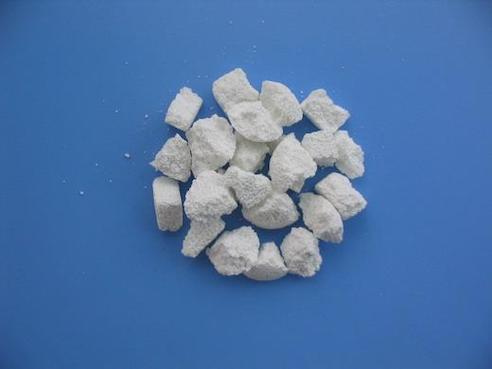Guaiacol: Preparation, applications and toxicity
General description
Guaiacol is a naturally-occurring organic compound. Guaiacol is present in wood smoke, resulting from the pyrolysis of lignin. The chemical compound contributes to the flavor of many substances such as whisky and roasted coffee. Although it is biosynthesized by a variety of organisms, this aromatic oil is usually derived from guaiacum or wood creosote. It is also found in essential oils from celery seeds, tobacco leaves, orange leaves, and lemon peels.[1] It is colorless, and samples become yellow upon exposure to air and light. Guaiacol is present in wood smoke, resulting from the pyrolysis of lignin. The compound contributes to the flavor of many substances such as whisky and roasted coffee. Its appearance is as follows:
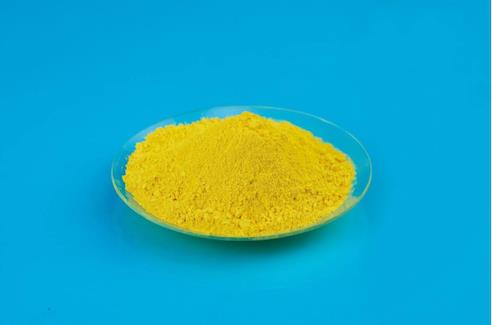
Figure 1 Appearance of Guaiacol
Preparation
The compound was first isolated by Otto Unverdorben in 1826.[2] Guaiacol is produced by methylation of o-catechol, for example using potash and dimethyl sulfate. Guaiacol can be prepared by diverse routes in the laboratory. O-Anisidine, derived in two steps from anisole, can be hydrolyzed via its diazonium derivative. Guaiacol can be synthesized by the dimethylation of catechol followed by selective mono-demethylation.[3]
Applications
Guaiacol is a powerful precursor for the synthesis of other compounds. Being derived from biomass, it is a potential component or precursor to "green fuels". Guaiacol is a precursor to various flavors, such as eugenol. An estimated 85% of the world's supply of vanillin comes from guaiacol. The route entails the condensation of glyoxylic acid with guaiacol to give mandelic acid, which is oxidized to produce a phenyl glyoxylic acid. This acid undergoes a decarboxylation to afford vanillin. Guaiacol is also used medicinally as an expectorant, antiseptic, and local anesthetic. Guaiacol is produced in the gut of desert locusts, desert locust, by the breakdown of plant material. This process is undertaken by the gut bacterium desert locust (Enterobacter). It is one of the main components of the pheromones that cause locust swarming.[4]
Toxicity
Based on the currently existing data, guaiacol does not present a concern for genotoxicity. The mutagenic activity of guaiacol has been evaluated in a bacterial reverse mutation assay conducted in an equivalent manner to OECD TG 471 using the standard plate incorporation method. Salmonella typhimurium strains TA98, TA100, TA1535, TA1537, and TA1538 were treated with guaiacol in dimethyl sulfoxide (DMSO) at concentrations up to 5000 μg/plate. No increases in the mean number of revertant colonies were observed at any tested concentration in the presence or absence of S9 (ECHA, 2011). Under the conditions of the study, guaiacol was not mutagenic in the Ames test. [5]
The clastogenic activity of guaiacol was evaluated in an in vivo micronucleus test conducted in compliance with GLP regulations and by OECD TG 474. The test material was administered in corn oil via oral gavage to groups of male and female NMRI mice. Doses of 125, 250, or 500 mg/kg body weight were administered. Mice from each dose level were euthanized at 24 and 48 h, and the bone marrow was extracted and examined for polychromatic erythrocytes. The test material did not induce a statistically significant increase in the incidence of micronucleated polychromatic erythrocytes in the bone marrow (ECHA, 2011). Under the conditions of the study, guaiacol was considered to be not clastogenic in the in vivo micronucleus test. Based on the data available, guaiacol does not present a concern for genotoxic potential. Based on existing data and the application of DST, guaiacol does not present a safety concern for skin sensitization under the current conditions, declared levels of use. In addition, based on UV/Vis absorbance and in vitro study data, guaiacol does not present a concern for phototoxicity. Based on UV/Vis absorbance, guaiacol does not present a concern for photo allergenicity [5].
References
[1]Burdock, G. A. (1995). Encyclopedia of Food and Color Additives. Boca Raton, FL: CRC Press. p. 1244–1245. ISBN 978-0849394126.
[2]Stevens, M. E.; Ronan, A. K.; Sourkes, T. S.; E. M., Boyd (1943). "On the Expectorant Action of Creosote and the Guaiacols". Canadian Medical Association Journal. 48 (2): 124–127. PMC 1827660. PMID 20322688.
[3]Mirrington, R. N.; Feutrill, G. I. (1988). "Orcinol Monomethyl Ether". Organic Syntheses.; Collective Volume, 6, p. 859
[4]Dillon, Rod J.; Vennard, Chris T.; Charnley, A. Keith (2000-02-24). "Pheromones: Exploitation of gut bacteria in the locust". Nature. 403 (6772): 851. Bibcode:2000Natur.403..851D. doi:10.1038/35002669. PMID 10706273.
[5]Api, A. M., et al. "RIFM fragrance ingredient safety assessment, guaiacol, CAS Registry Number 90-05-1." Food and chemical toxicology: an international journal published for the British Industrial Biological Research Association 165 (2022): 113168.
);You may like
Related articles And Qustion
See also
Lastest Price from Guaiacol manufacturers
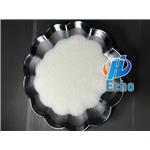
US $10.00/kg2024-04-27
- CAS:
- 90-05-1
- Min. Order:
- 1kg
- Purity:
- 99.7%
- Supply Ability:
- 200000kg
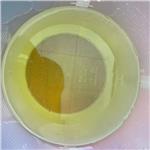
US $30.00-20.00/kg2024-04-25
- CAS:
- 90-05-1
- Min. Order:
- 1kg
- Purity:
- >99.9%
- Supply Ability:
- 50 tons

